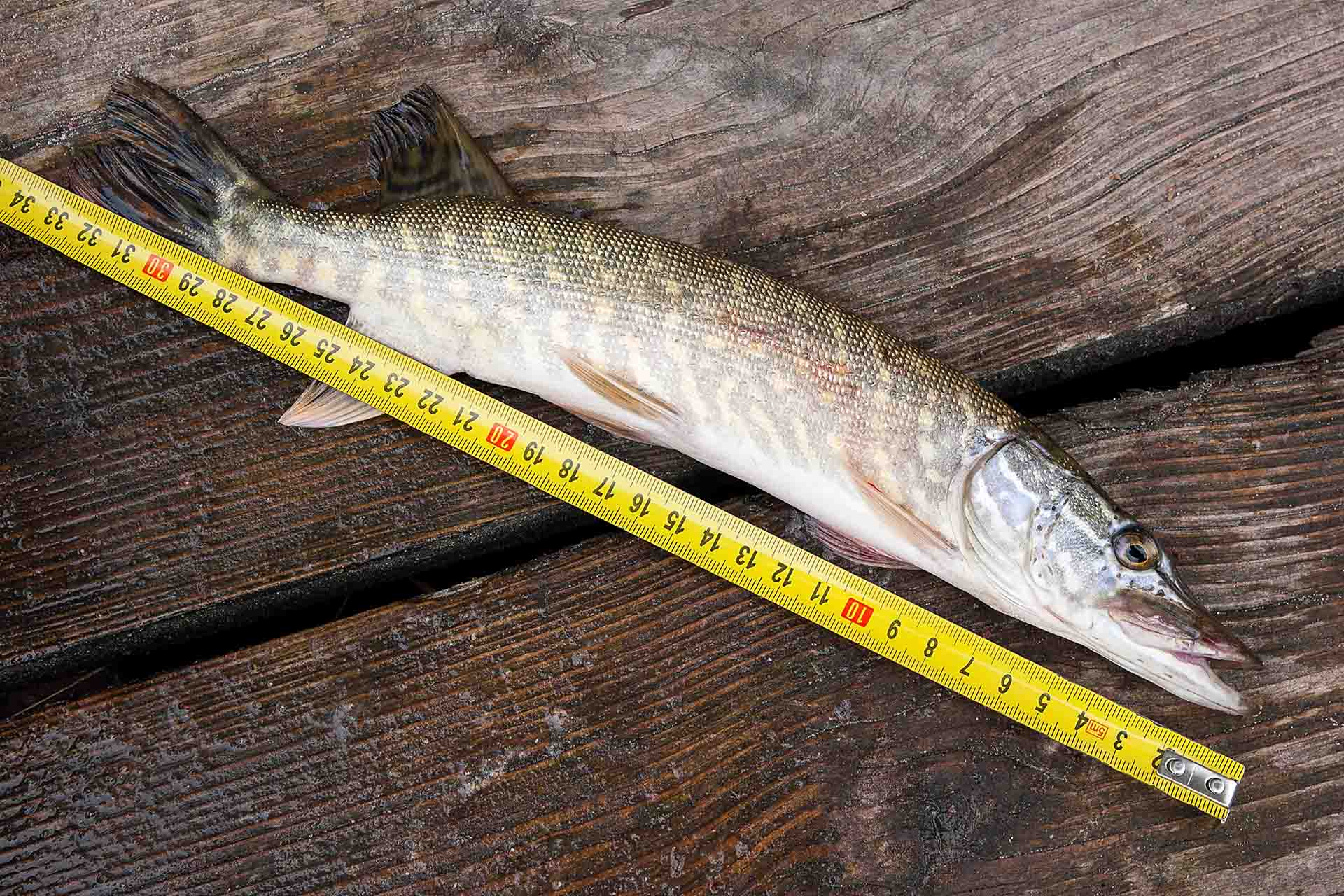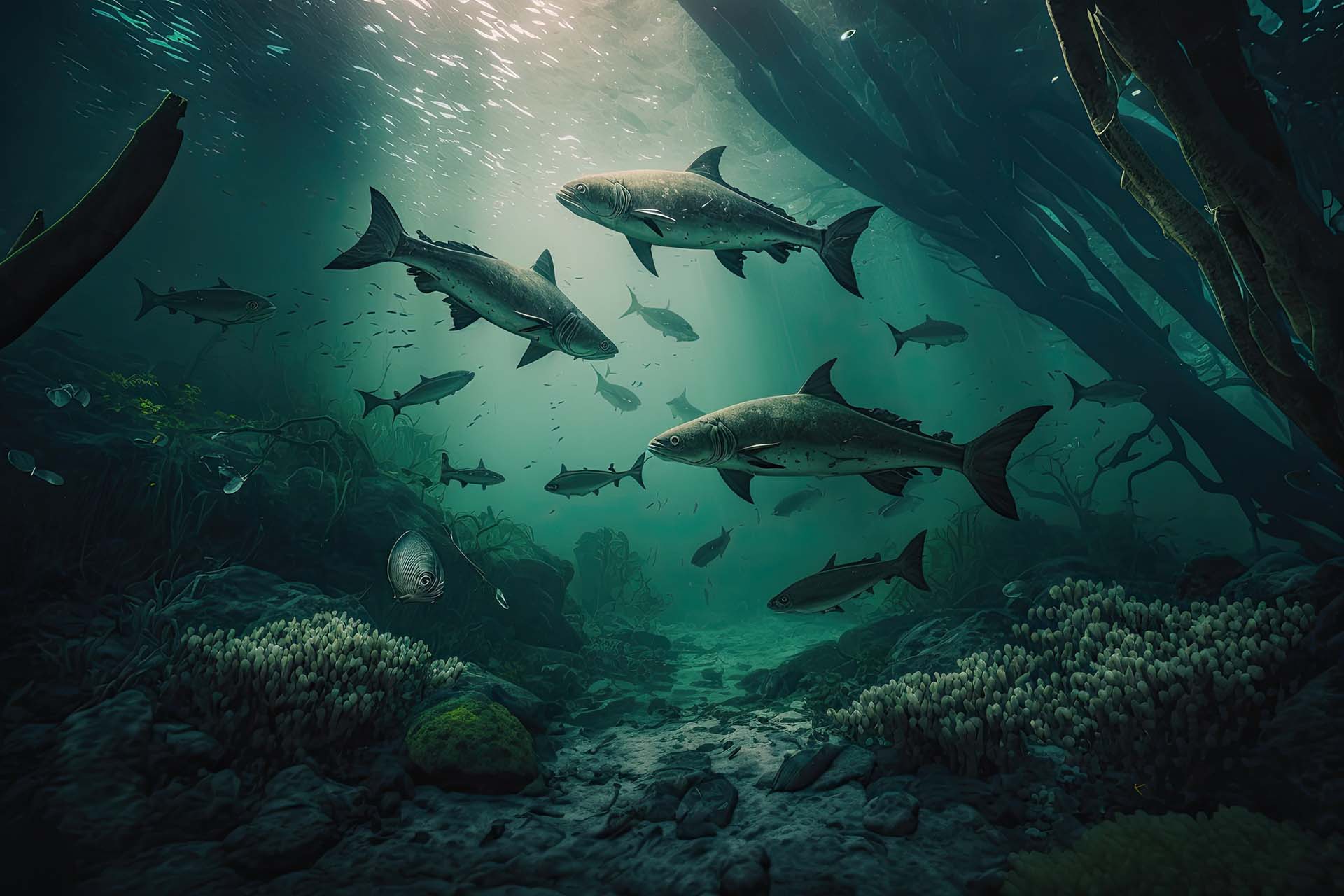Chasing the next catch and wondering what the best bait for panfish is? You’re in luck! This guide is your one-stop shop to uncover the best baits that will have these aquatic creatures practically jump into your boat. Whether you’re a seasoned angler or just starting out, let’s dive into their world and discover what makes them bite.
How to Recognize Panfish by Their Unique Physical Characteristics
Panfish is a group of small, tasty fish found in freshwater environments. Known for their compact size and feisty nature, they’re a favorite among both seasoned veterans and beginner anglers. These fish come in various species, including bluegill, crappie, and perch, each with its own unique set of characteristics. Here’s an overview of this fishy category:
| Species | Distinctive Features |
| Bluegill | Blue face and gill cover, body with vertical greenish-yellow bars |
| Crappie | Speckled pattern with a mix of silver, black, and white |
| Perch | Notable for vertical stripes and a golden-yellow body |
| Pumpkinseed | Bright, colorful pattern with red, orange, and blue spots |
| Sunfish | Varied colors, often bright with a mix of orange, blue, and green hues |
Typically, panfish have laterally compressed bodies, meaning they’re taller than they are wide, making them look almost plate-like when viewed from the front. This body shape helps them navigate through various water conditions with ease.
This Category Is Made up of All Shapes and Sizes
As you can gather by now, these creatures display a vibrant array of patterns and shades, with some of them displaying striking colors. When it comes to size, most panfish are pretty small, with many species averaging around 4 to 12 inches in length. Their size makes them a perfect fit for a standard frying pan, hence the name.

Finding the Perfect Fishing Spot – The Habitat and Distribution of Panfish
Panfish are a popular freshwater fish. They make their homes in a wide range of water bodies, from the tiniest of streams to sprawling rivers, and from cozy little ponds to vast, deep reservoirs.
What they love most are the shallow, tranquil spots in lakes and the gentle currents of slow-moving rivers. These fish have a knack for finding the perfect hideouts, often nestled in areas rich in submerged vegetation or surrounded by brush cover. It’s in these sheltered havens where panfish thrive, so keep that in mind when you’re trying to find the perfect spot to cast your fishing line.
Why Are They a Popular Target for Anglers?
They’re among the most common fish to catch for several reasons. Firstly, their wide distribution and abundance make this group an accessible target for fishermen of all skill levels. They’re also known for their spirited fight despite their small size, providing a fun and challenging catch. Additionally, their tasty flesh makes them a desirable catch for a meal.
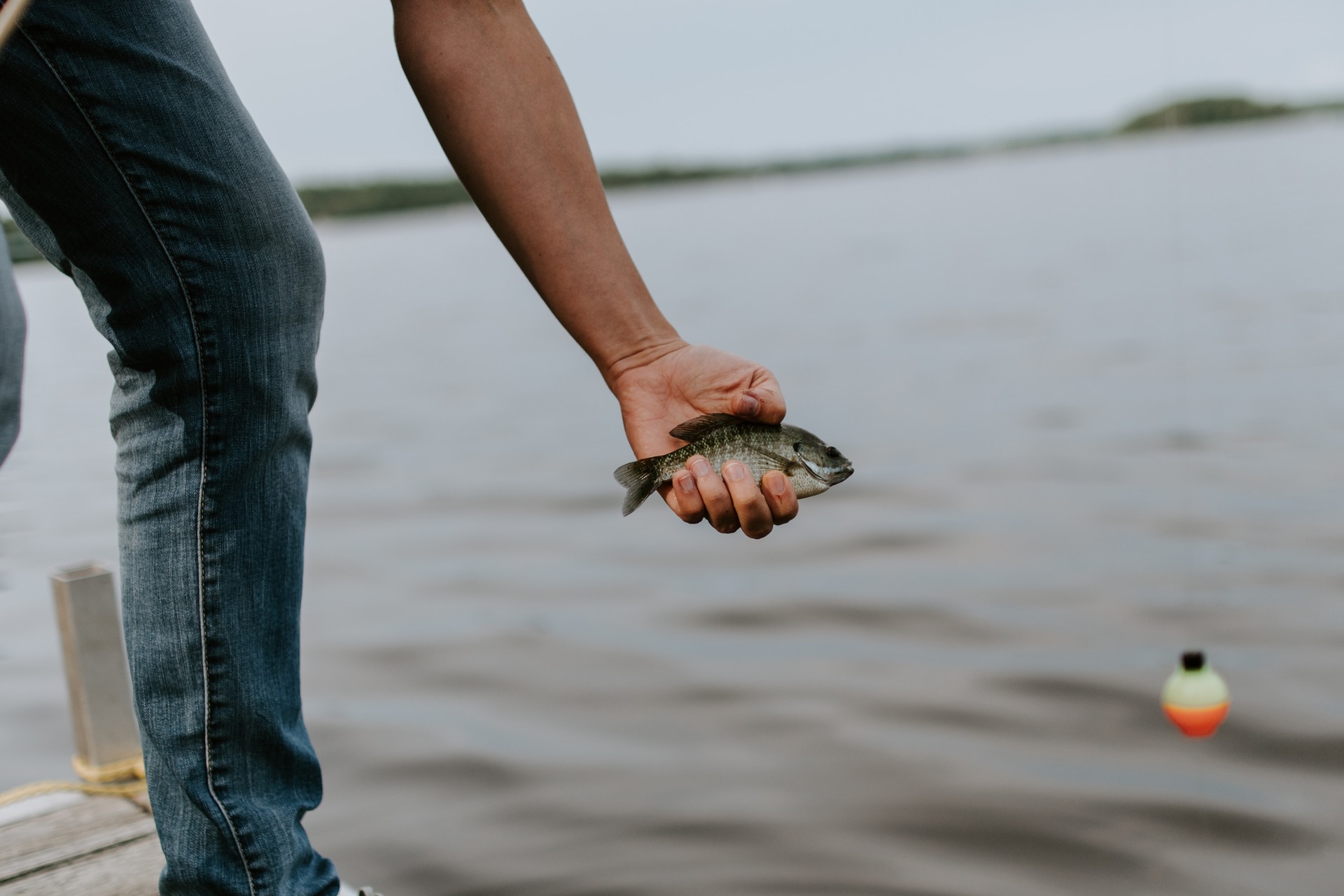
Natural vs. Artificial Baits – What Is the Best Bait for Panfish?
The debate between artificial and fresh baits is as old as the sport of fishing itself. Each type has its loyal advocates, and both have proven effective under different circumstances. The choice often comes down to personal preference, the specific fishing conditions, and the behavior of the fish on a given day.
Here are the advantages and disadvantages of natural baits and artificial lures:
| Type | Pros | Cons |
|---|---|---|
| Natural Baits | Realistic taste and smell, making it highly attractive to fish | Can be messy, less durable, and require replacement |
| Artificial Lures | Reusable and can mimic a variety of prey | May require more skill to use effectively and land a catch |
The Key Is to Know What These Species Like to Munch On
Understanding the dietary preferences of panfish is crucial in selecting the right tackle. These small but mighty fish have a diverse menu, and tapping into their preferred diet can significantly increase your chances of a successful catch. Here’s a list of their favorite snacks:
- Amphipods,
- Daphnia,
- Mayflies,
- Fish larvae,
- Bloodworms,
- Dragonfly nymphs,
- Midges.
There Are Plenty of Other Factors That Come Into Play for Bait Selection
When choosing artificial lures, the “match the hatch” strategy is key. This means selecting a lure that closely resembles the size of the natural forage that panfish are feeding on at the time. It’s all about making your lure as convincing as possible to these discerning little fish.
Beyond just size, other factors like the season, water conditions, and time of day play a crucial role in this selection. These elements influence not only the size but also the movement and color of your lure. For example, in muddy waters, brighter colors might be more effective, while more subtle colors work better in clear water.

A Baited Countdown – The Top 5 Baits for Panfish
Finally, let’s get to the reel deal and narrow down the choice to the best baits that have proven time and again to be irresistible to these feisty fish. From classic jigs to innovative swimbaits, each piece has its unique appeal and fishing technique.
Let’s break down these top contenders and explore how to wield them effectively for a rewarding day out on the water:
Bait #1 - Jigs
Jigs should be a staple in any angler’s arsenal. These versatile lures consist of a weighted head and a tail made of various materials like feathers, plastic, or rubber. The weight of the jig head allows for precise control and depth placement, making it ideal for targeting these species in different water columns.
I personally use the KIMASA Crappie Jig Heads to cast my line and let it sink down to anywhere between 10 and 50 feet, depending on the exact species I’d like to land that day. It’s all about creating that natural up-and-down motion, as this mimics the movement of small aquatic creatures and triggers the predatory instincts of your target.
Bait #2 - Crankbaits
Crankbaits are designed to mimic the movement and appearance of small fish, making them an excellent choice. These hard-bodied pieces come equipped with a lip that causes them to dive and wobble when retrieved, creating an action that proves to be irresistible.
When fishing with these lures, such as the ULIKEYEAH Minnow Crank Baits I personally prefer, the key is to retrieve them at a steady pace. This consistent movement allows the lure to swim and wobble effectively, imitating a swimming fish. Adjust the speed of your retrieve based on how active the fish are – a slower retrieve can be more effective when fish are less aggressive.
Bait #3 - Horsehead Spinners
Horsehead spinners combine the allure of a jig with the flash and vibration of a spinning blade. This unique design can increase your chances of success significantly, as it creates a distinctive visual and sensory appeal to these targets.
To fish with pieces such as the Shaddock Crappie Jigs, cast it out and let it sink to the desired depth. Then, use a steady retrieve to bring it back. The spinner blade will rotate and reflect light, attracting panfish with its flash and vibration. Vary your retrieve speed and depth to find what works best in your fishing conditions.
Bait #4 - Jerkbaits
Jerkbaits are slender, elongated lures designed to mimic the erratic swimming action of an injured fish. They can be either floating or sinking and are working through the water with a series of jerks and pauses.
My personal favorite is the Tackle HD Fiddle-Styx Jerkbait, which has proven effective for a wide range of species, including the elusive trout and the largemouth bass, as well as our target in question. Just make sure that after casting, you jerk the fishing rod tip sharply to make the bait dart and flash, then let it pause to float or sink. This erratic action can trigger aggressive strikes, especially when the fish are actively feeding.
Bait #5 - Swimbaits
Swimbaits are soft-bodied lures designed to replicate the smooth swimming action of real fish. They come in various sizes and colors, conveniently designed to be rigged on jig heads or specialized swimbait fishing hooks.
Using swimbaits involves a simple yet effective retrieval technique. Cast your line, let the bait reach the desired depth, and then retrieve it steadily. The natural swimming action of the bait does most of the work, enticing your target with its lifelike movement. My recommendation is to use the THKFISH Paddle Tail Swimbaits, as they come in plenty of different colors, so you can always adjust your fishing style.
A Couple of Additional Tips to Increase Your Chances of Landing a Catch
To truly excel at catching panfish, a couple of extra tips can make a significant difference. First and foremost, stick to small and light tackle, as it’s more compatible with the small mouths of these species and provides a more natural presentation. Also, always be mindful of your environment. These fish love structure, so fishing around docks, fallen trees, weed beds, and other underwater features can be particularly productive.
Another crucial aspect is the depth at which you’re fishing. Early morning and late evening are typically the best times to catch them, as they often feed closer to the surface. During the middle of the day, especially in warmer months, they may move to deeper, cooler water. Using a fishfinder can be invaluable in locating schools and determining the right depth to set your bait.
The Key Is to Experiment – Adjust Based on Weather and Water Conditions
Successful panfishing often comes down to your ability to adapt and experiment, as weather and water conditions can significantly influence the behavior of these fish. For instance, on sunny days, panfish may seek shade and deeper waters, while overcast conditions might find them more active and feeding near the surface.
Be prepared to change your tactics based on these variables. This could mean switching baits, adjusting the depth of your lure, or even moving to a different fishing spot. Keeping a flexible approach and being willing to try different techniques will ultimately improve your chances of a great catch.
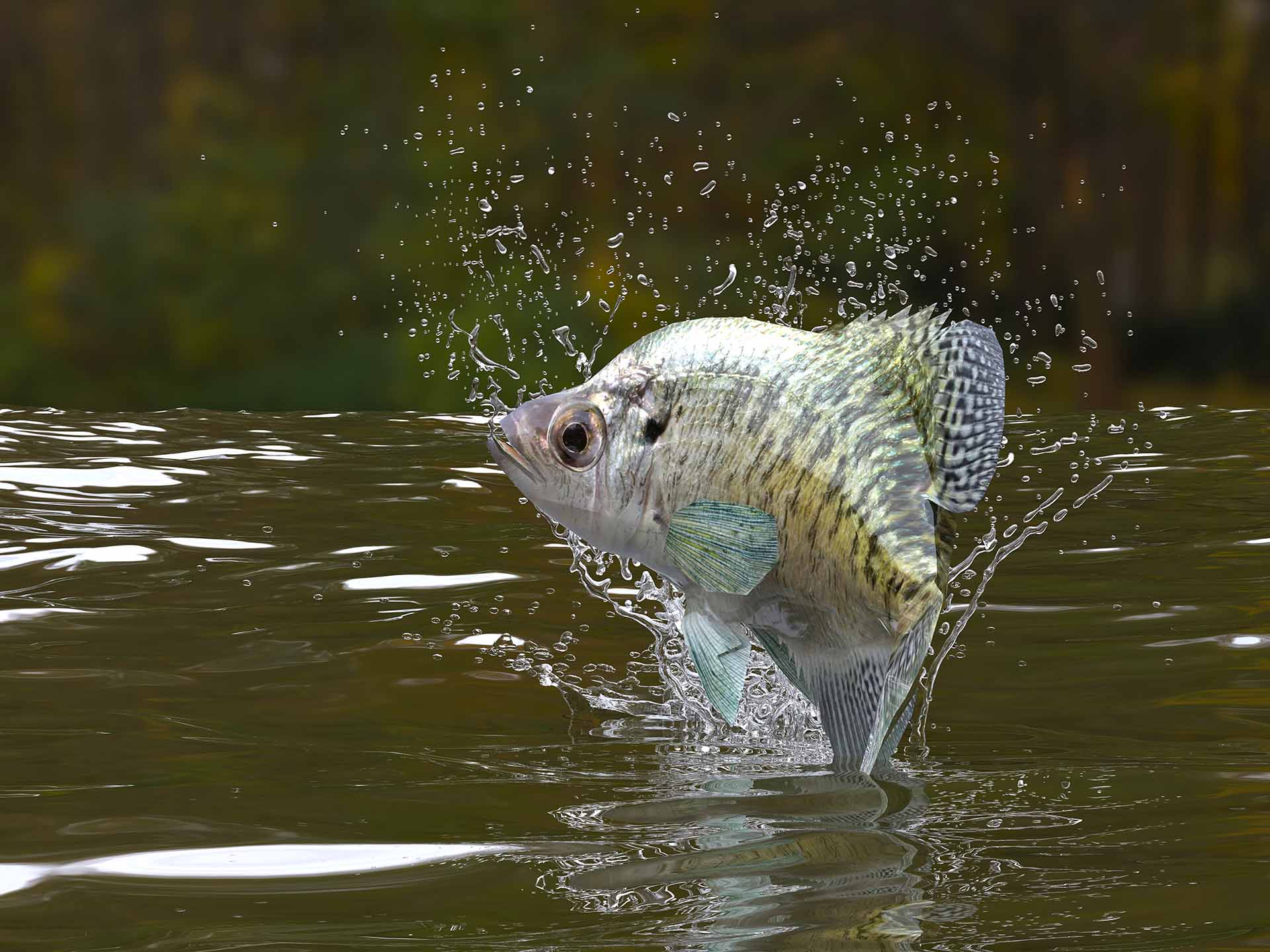
Hook, Line, and Sinker – Reeling In Success With Panfish
In the playful dance of bait and hook, panfishing is an art filled with strategy, patience, and a bit of fisherman’s luck. Whether you’re jigging, cranking, or spinning, the key lies in understanding these spirited swimmers and adapting to their whims. So, grab your tackle box and head to the waters, where your next adventure awaits. Here’s to tight lines and full buckets!
More To Explore
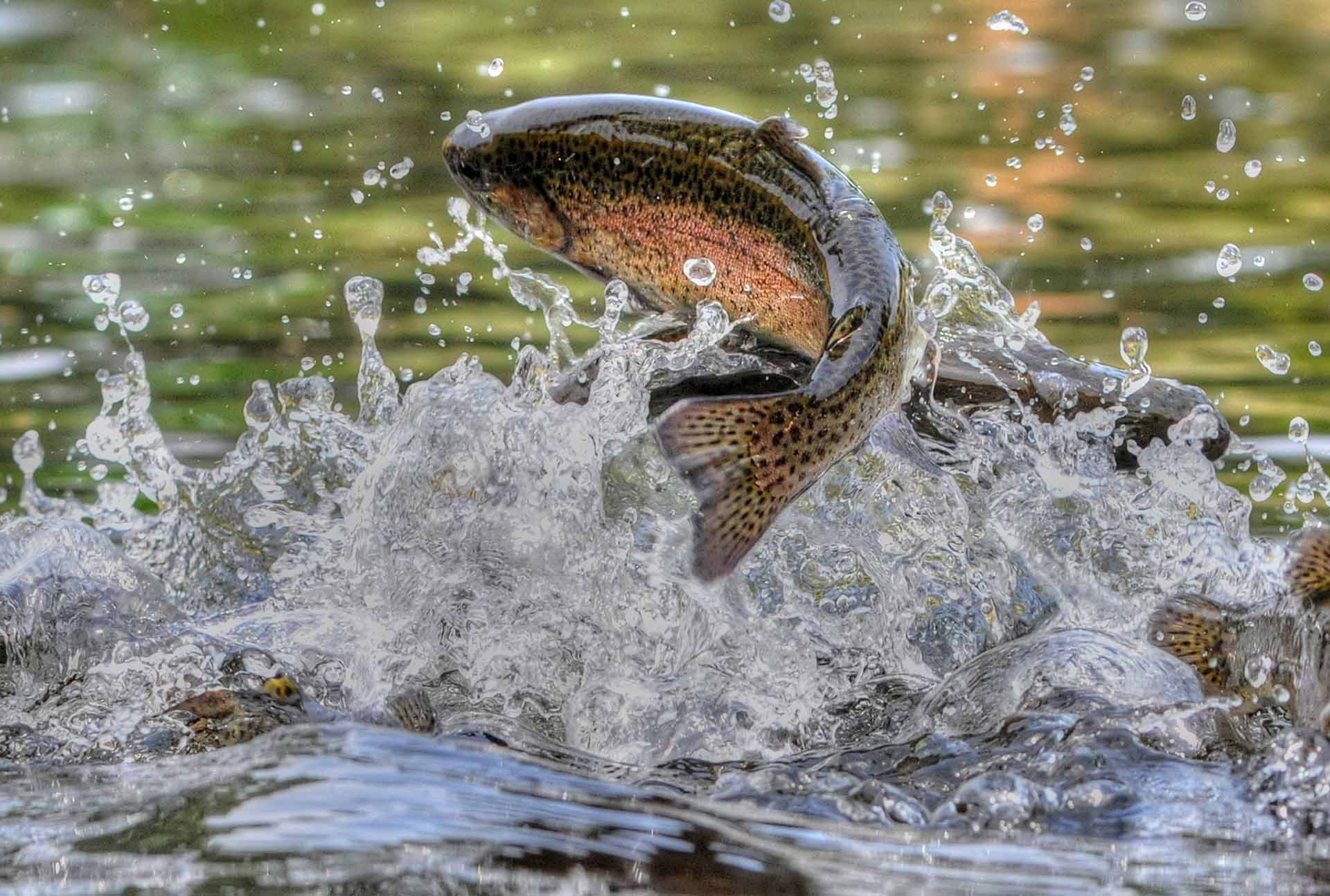
When Is Trout Season? Your Essential Guide to Timing the Perfect Catch
Maya Brown / April 25,2024
Read More »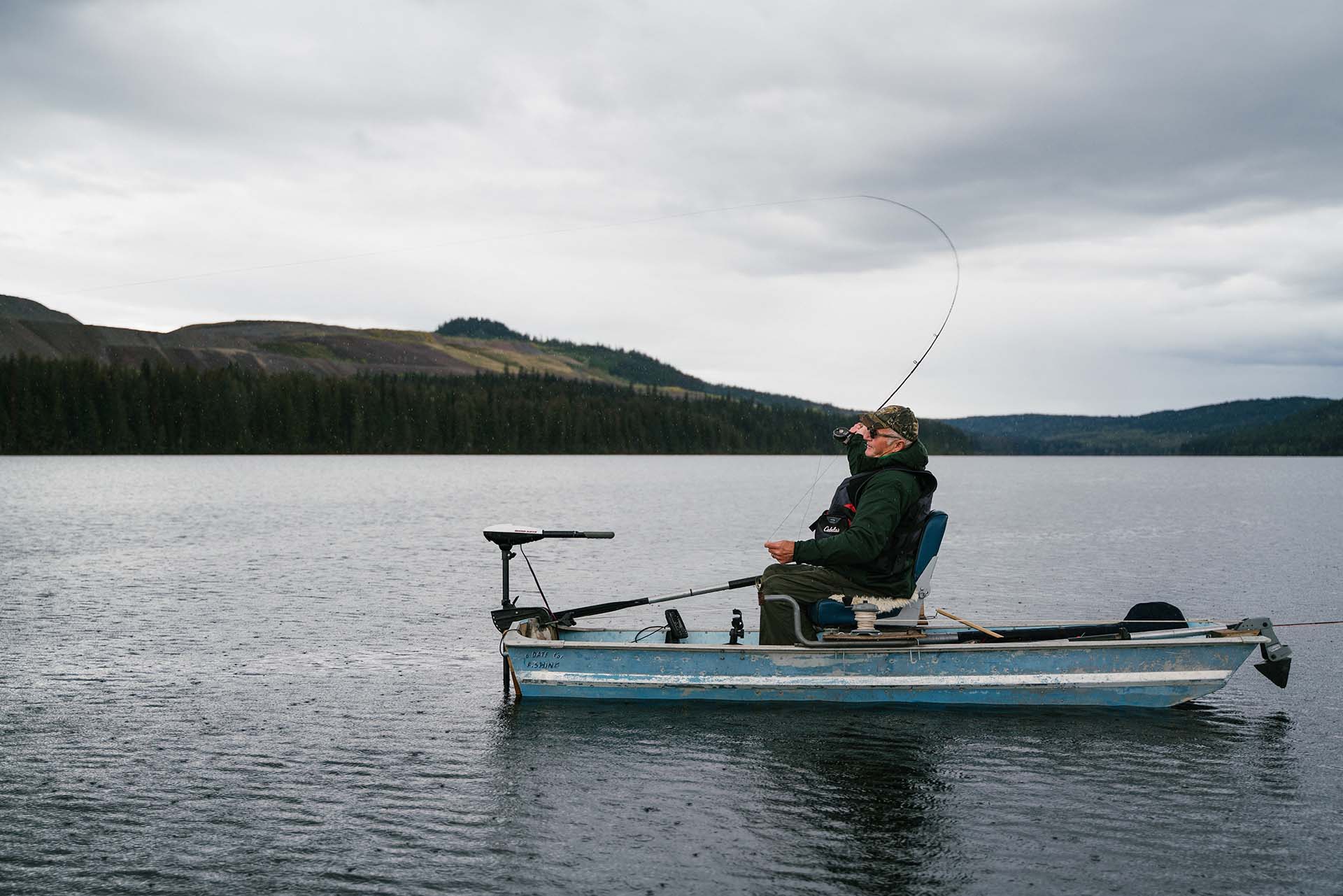
Best Fishing Boats for Small Lakes – Top Picks for Every Angler
Maya Brown / April 22,2024
Read More »
